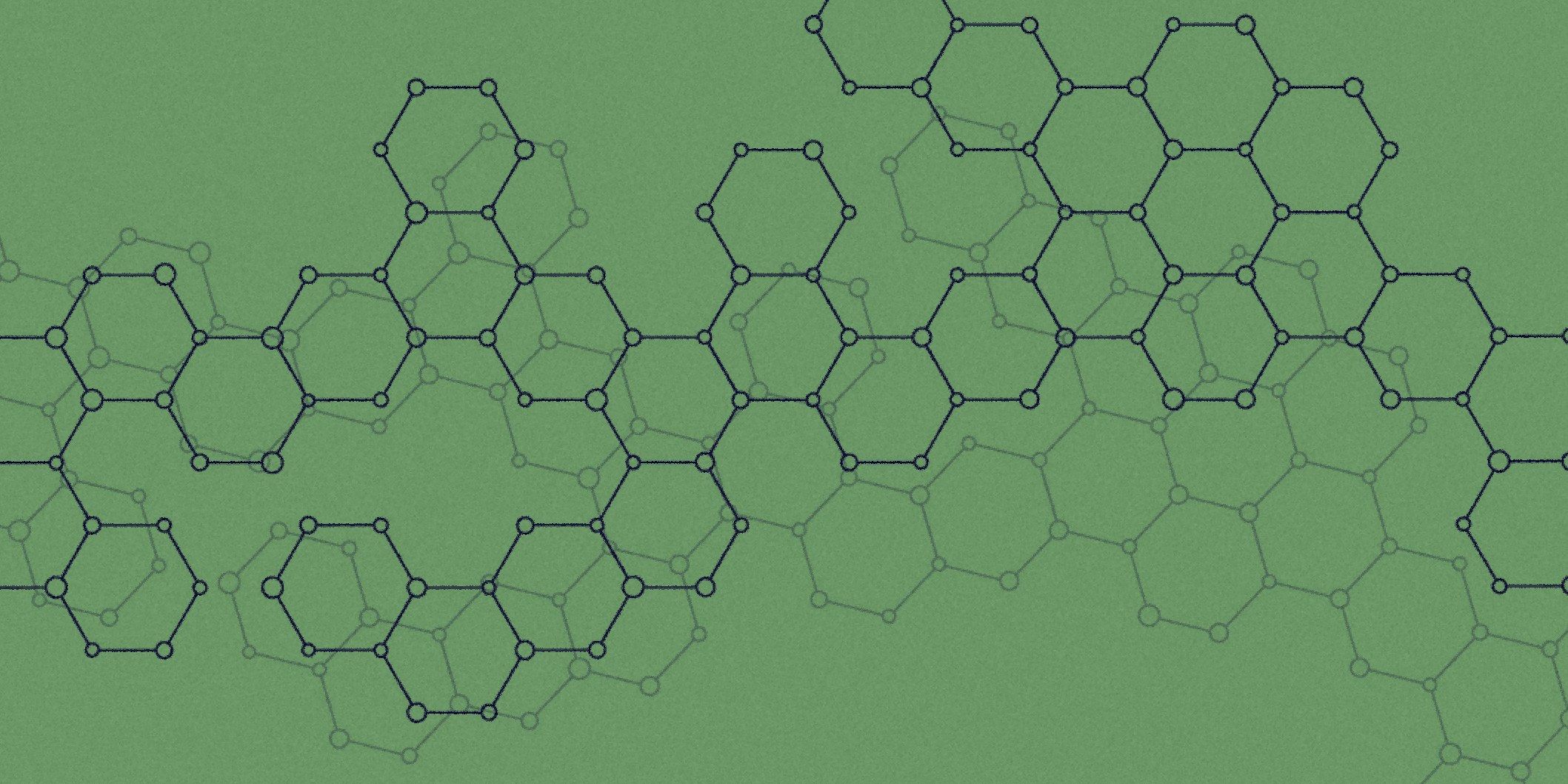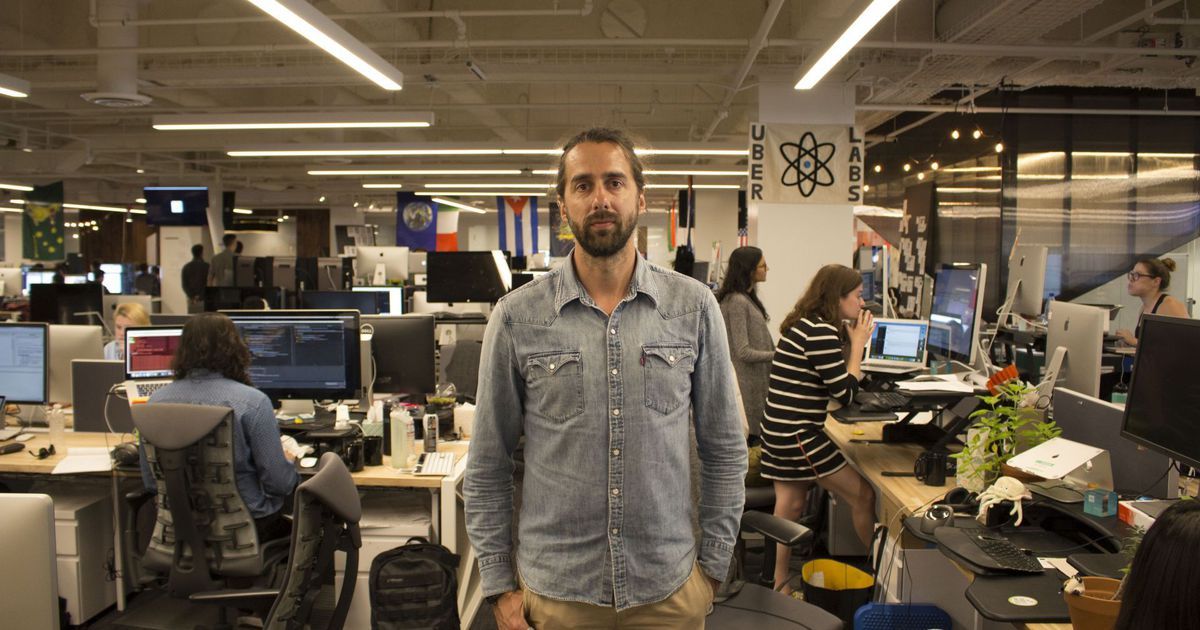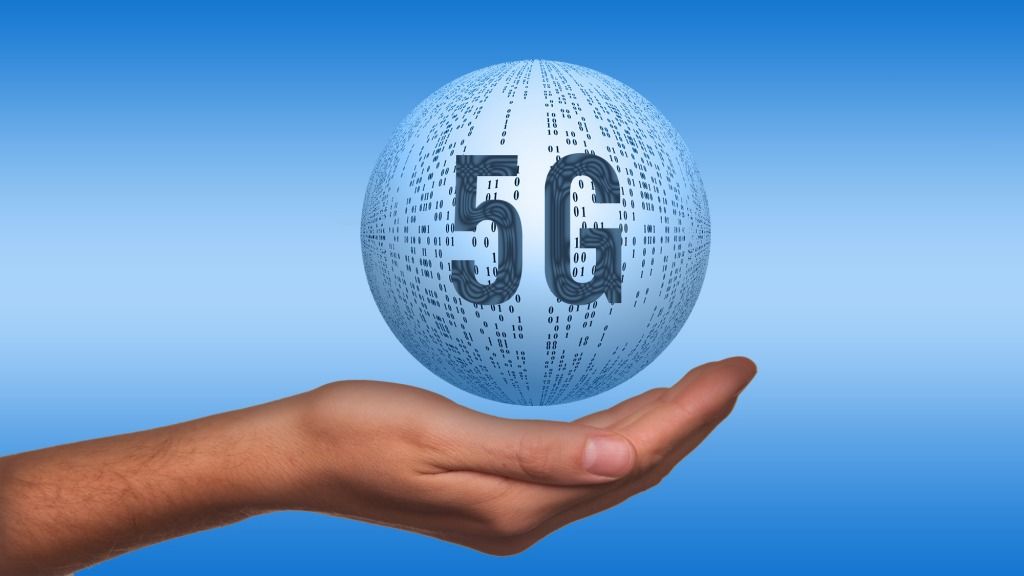Some of the world’s most renowned scientists are questioning whether the cosmos has an inner life similar to our own.


Aug. 7 (UPI) — A St. Louis-area grocery store on Monday introduced customers to a new employee who doesn’t take bathroom breaks or need to call in sick — Tally the robot.
The Schnucks Markets grocery store in Richmond Height, Mo., was the first of three locations expected to test the new technology in the coming weeks. If all goes well, Tally the robot could be showing up in supermarkets across the country.
Tally, which is made by Sime Robotics, is a slim, black-and-white autonomous robot that moves around the store similar to a Roomba vacuum. Its task is to scan shelves to check prices, and alert employees if products need to be restocked or are incorrectly placed.

News from Veritas and remember Veritas are offering a whole genome sequence as one of the rewards in our AgeMeter campaign at Lifespan.io:
https://www.lifespan.io/campaigns/agemeter-biomarker-scan/#reward_12
“On August 3, sequencing company Veritas Genetics bought one of the most influential: seven-year old Curoverse. Veritas thinks AI will help interpret the genetic risk of certain diseases and scour the ever-growing databases of genomic, medical, and scientific research.”

As one of the most visible 2016 presidential candidates—and now as a leading 2018 contender for Governor in California—Zoltan Istvan has been the “Science Candidate,” traveling around America to discuss the issues of transhumanism and radical longevity that are transforming humanity. Soon the issues of AI, genetic editing, designer babies, bionic organs, automation, and neural prosthetics will challenge and dominate political discourse. America must embrace radical science with bold polices.
When you eat something loaded with sugar, your taste buds, your gut and your brain all take notice. This activation of your reward system is not unlike how bodies process addictive substances such as alcohol or nicotine — an overload of sugar spikes dopamine levels and leaves you craving more.
With this video prepared by TED-Ed, Nicole Avena explains why sweets and treats should be enjoyed in moderation.
The study of consciousness and what makes us individuals is a topic filled with complexities. From a neuroscience perspective, consciousness is derived from a self-model as a unitary structure that shapes our perceptions, decisions and feelings. There is a tendency to jump to the conclusion with this model that mankind is being defined as self-absorbed and only being in it for ourselves in this life. Although that may be partially true, this definition of consciousness doesn’t necessarily address the role of morals and how that is shaped into our being. In the latest addition to The Galactic Public Archives, Dr. Ken Hayworth tackles the philosophical impact that technologies have on our lives.
Dr. Alexandra Stolzing and Dr. Aubrey de Grey discuss.

Before any rollouts of 5G, consumers should be demanding the scientific research proving safety, not just microwave technology consensus science where guys and gals get together and jawbone which science they want to accept and/or belief as factual, something that industry’s professional associations are keen to do and promote.
Whereas factually and in scientific reality, that industry’s funded research found 32% non-thermal radiation wave adverse effects, which ICNIRP states it will not accept. In my opinion as a researcher, that’s tantamount to scientific fraud.
Catherine J Frompovich (website) is a retired natural nutritionist who earned advanced degrees in Nutrition and Holistic Health Sciences, Certification in Orthomolecular Theory and Practice plus Paralegal Studies. Her work has been published in national and airline magazines since the early 1980s. Catherine authored numerous books on health issues along with co-authoring papers and monographs with physicians, nurses, and holistic healthcare professionals. She has been a consumer healthcare researcher 35 years and counting.